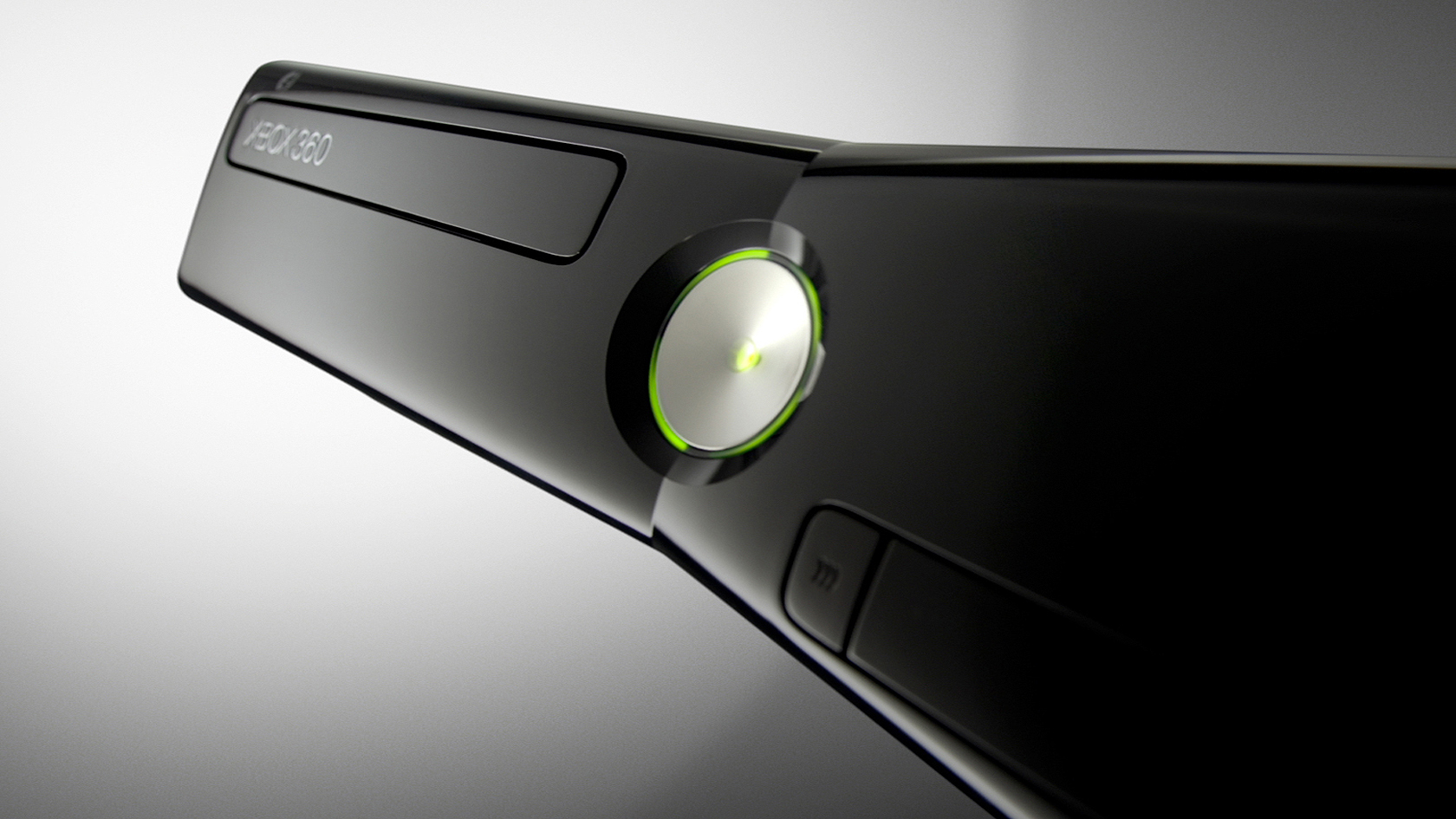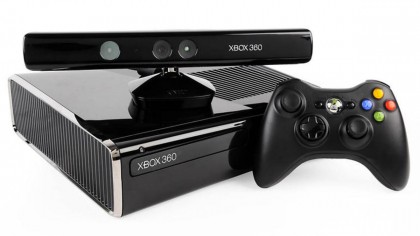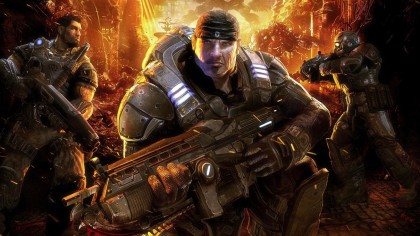The Xbox 360 will be known as the last great console
Don't underestimate how important the Xbox 360 was

It might sound a little disingenuous to lop Sony's current-gen powerhouse in with the likes of an old Microsoft console, but that's exactly what Xbox 360 was for the better part of a decade.
It shifted superior numbers, offered a more robust online infrastructure and had a public profile the PS3 could only dream of.
In an age where online gaming had finally come into its own on home consoles, where high definition was finally a standard, the 360 brought Microsoft into the eternal console war by building on all the groundwork that had been laid down by its predecessor: the original Xbox one.
Original gangster
Microsoft did pretty well with 'Xbox the First', selling around 24 million units by the time it was discontinued in 2005.
It never matched Sony's PS2 sale for sale, but Microsoft was already looking to the future with its configuration. Xbox Live, in its earliest form, was already running rings around Sony's effort, while its internal hard drive (a first for consoles of the time) and powerful Nvidia GPU gave it all the chops Xbox needed to run multiplatform and exclusive titles alike with vigor.

When Xbox 360 arrived in November 2005, it took all those concepts and made them all the more attractive. Xbox Live was retooled and redefined for a new generation where online multiplayer and co-op would become a standard, the GPU and processor were beefed up to support HD, higher framerates and larger worlds that required fewer loading times. In short, Microsoft had birthed a beast.
Technically, the PS3 was a more powerful console - but gamers didn't really see the benefit of that processing power until late in its lifecycle with the likes of the last two Uncharted games.
Get daily insight, inspiration and deals in your inbox
Sign up for breaking news, reviews, opinion, top tech deals, and more.
Even the red ring debacle, which saw thousands of consoles die due to motherboard overheating issues, wasn't enough to tarnish its memory and performance. That's the kind of disaster that would have crippled most consoles, but the sturdy Xbox 360 survived. Better yet it thrived.
Even its controller - a sleeker, more ergonomic design that was a world away from the clunky brick that came with the original Xbox - became a classic in its own right. Sony's decision to stick with the iconic yet ultimately outdated DualShock design for PS3 created a peripheral disparity the firm didn't manage to reduce until the DualShock 4 (which, even now, isn't quite as good as that memorable 360 design).
Design darling
It's no secret the PC components of the Xbox 360 made it significantly easier to code than the obtuse architecture of the PS3 (so much so that it common for studios to write code based on builds similar to 360 and simply port it over to Sony's machine).
That's an undeniable testament to the goodwill the 360 inspired not just in players and critics, but in developers themselves. Much like the Xbox, the 360 was designed with developers in mind, and such a design mantra secured its place in all our good graces.

In a foreshadowing of the exchanged roles to come in a generation later, Xbox 360 pounded PS3 in almost every area. It arrived a year earlier, was cheaper to buy, had better overall exclusives (yes, I know, Uncharted was and is brilliant, but come on, Gears, Halo, Fable? No contest) and wasn't prone to online outages that saw untold amounts of private data hacked.
Even something as simple as a UI was vastly superior. Sure, the original Blades were pretty naff but even they were better than the dross that was the PS3's XMB.
Once Microsoft introduced the New Xbox Experience in 2008, the Xbox 360 became as intuitive as it was inclusive. Even to this day, few UIs feel as easy to navigate as the NXE. Oh, and Avatars! So much money wasted on costumes. So, so much money.